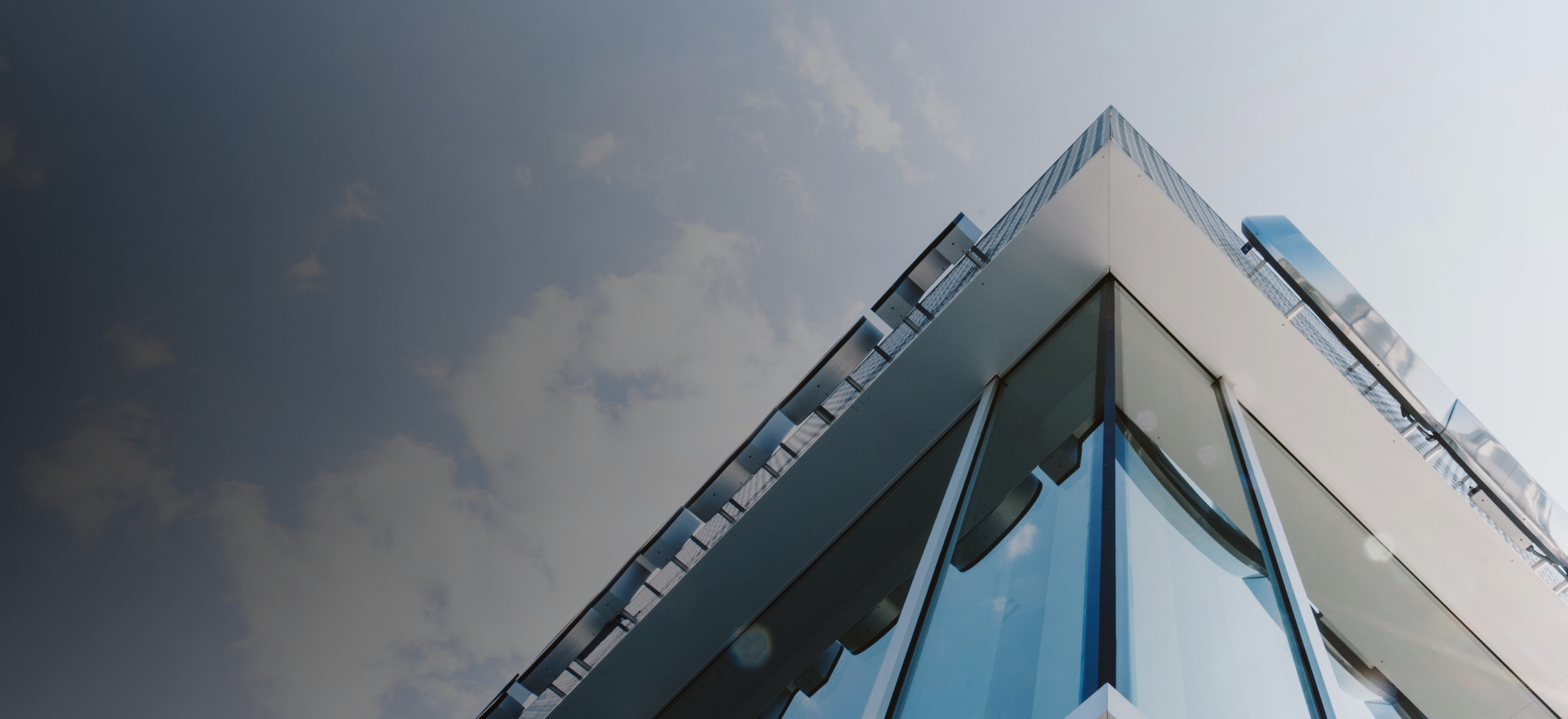 |
As global temperatures rise, the way we design and build must evolve. Architecture today is no longer just about form and function — it’s about survival. The future of architecture lies in creating climate-resilient design strategies that allow buildings and cities to thrive in an increasingly unstable world.
Heatwaves, floods, droughts and storms are rewriting design principles. Architects and builders are now asking: how do we design for comfort, safety, and sustainability in a hotter planet? Let’s explore the emerging trends shaping resilient, low-carbon, and future-proof architecture — with real-world instances, including compelling examples from Nigeria.
Keynotes
- Climate-resilient design focuses on adaptability and passive comfort.
- Future buildings must minimise carbon footprint while enhancing human well-being.
- Technology and nature are merging to define tomorrow’s sustainable cities.
💡 Keep reading to discover how architects are designing smarter for a warmer world — and how African examples are at the forefront.
1. Rethinking Urban Design for Extreme Heat & Flood
Urban areas trap heat through dense construction, reflective surfaces and lack of vegetation — the urban heat island effect. Future architecture combats this through the integration of green corridors, shaded walkways and reflective materials that naturally cool the city.
Designers are reimagining cities as ecosystems – using urban forests, cool roofs and permeable pavements to both lower temperature and manage storm-water. A noteworthy illustration is Makoko in Lagos: this waterfront community is adapting to rising tides and floods through community-driven floating structures. 1
Why Architects Should Design with Climate in Mind
2. Passive Cooling, Adaptive Building Envelopes & Smart Systems
The future belongs to passive design — buildings that stay cool naturally. Adaptive façades, double-skin envelopes and natural ventilation are increasingly replacing heavy mechanical cooling systems.
Materials with high thermal mass, operable shading and smart windows respond to real-time weather data, keeping interiors thermally stable. In Lagos, for example, Heritage Place (Ikoyi) demonstrates how orientation, high-efficiency glazing and smart lighting reduce cooling demand by 30-40 % in a tropical setting. 3
See adaptive façade projects on ArchDaily
3. Materials That Breathe, Protect and Sequester Carbon
As we build for hotter climates, material science is evolving fast. Sustainable materials such as hempcrete, bamboo and bio-based composites act as insulators and carbon sinks. Using locally sourced earth and low-carbon concrete complements this trend.
Back in Nigeria, Heritage Place again illustrates the value of high-performance materials: its building envelope design and glazing system support significant energy reduction in a tropical coastal climate. 4
Best Materials for Low-Carbon House Construction
4. Integrating Water, Energy Systems & Resilience
Future buildings become micro-ecosystems. Water harvesting, grey-water recycling and solar energy systems are no longer optional features; they’re embedded into architecture itself.
Across Nigerian and global projects, the push is toward buildings that think holistically — energy, water and waste must circulate in closed loops. In the Makoko community, for example, floating school systems employ rain-water catchment, renewable power and local materials to deliver resilience in flooding zones. 5
Autodesk sustainability resources
5. Biophilic and Nature-Integrated Design
Nature is no longer decorative — it’s functional. Biophilic design connects people to greenery, enhancing mental health while cooling microclimates. Living walls, rooftop gardens and green facades not only beautify but also regulate heat gain.
In Nigerian cities where intense heat and humidity are daily realities, integrating indoor-outdoor green spaces becomes a competitive advantage for comfort and wellbeing.
6. Digital Twins, Predictive Design & Future-Climate Modelling
Artificial intelligence and advanced simulation tools now allow architects to model how buildings will respond to future climates. Digital twins can simulate sunlight, wind, temperature and occupancy patterns — optimizing design before construction begins.
By applying such tools to tropical and sub-Saharan contexts, firms in Nigeria and beyond are beginning to test whether designs remain comfortable under 2050-level heat and humidity scenarios.
How to Implement AI in Architecture
7. Redefining Comfort, Aesthetics & Human-Centred Performance
Tomorrow’s concept of comfort won’t rely solely on air-conditioning. It will rely on intelligent design: daylighting, airflow, material choice and colour palette working together to balance thermal sensation and visual comfort.
In Nigerian housing developments, designers are adopting lighter-tone finishes, cross-ventilation planning and verandas to adapt to elevated outdoor temperatures and increased solar exposure.
8. Resilient Communities, Local Innovation & African Design Leadership
Resilience goes beyond individual buildings. Local communities and builders play a central role in shaping climate-smart futures. Indigenous design wisdom — from thick adobe walls to shaded courtyards and stilted structures — is being revived and adapted.
In Nigeria, the Makoko Floating School project is a strong example: it was designed for a community facing rising water levels and utilized local labour, bamboo, recycled barrels and adapting typologies. 6
Another example: The Heritage Place building shows how international green building standards apply in Lagos’ tropical metropolis, thus setting a benchmark for resilient high-rise design in West Africa. 7
Ready to Design for Tomorrow?
The planet is heating up — but architecture can lead the way. Every line drawn, every material chosen, every shadow cast can help humanity adapt.
🔥 The future of architecture isn’t about resisting change — it’s about designing with it.







No comments:
Post a Comment
Don't Forget to Let us Know What you Think About this Post in the Comment Box.